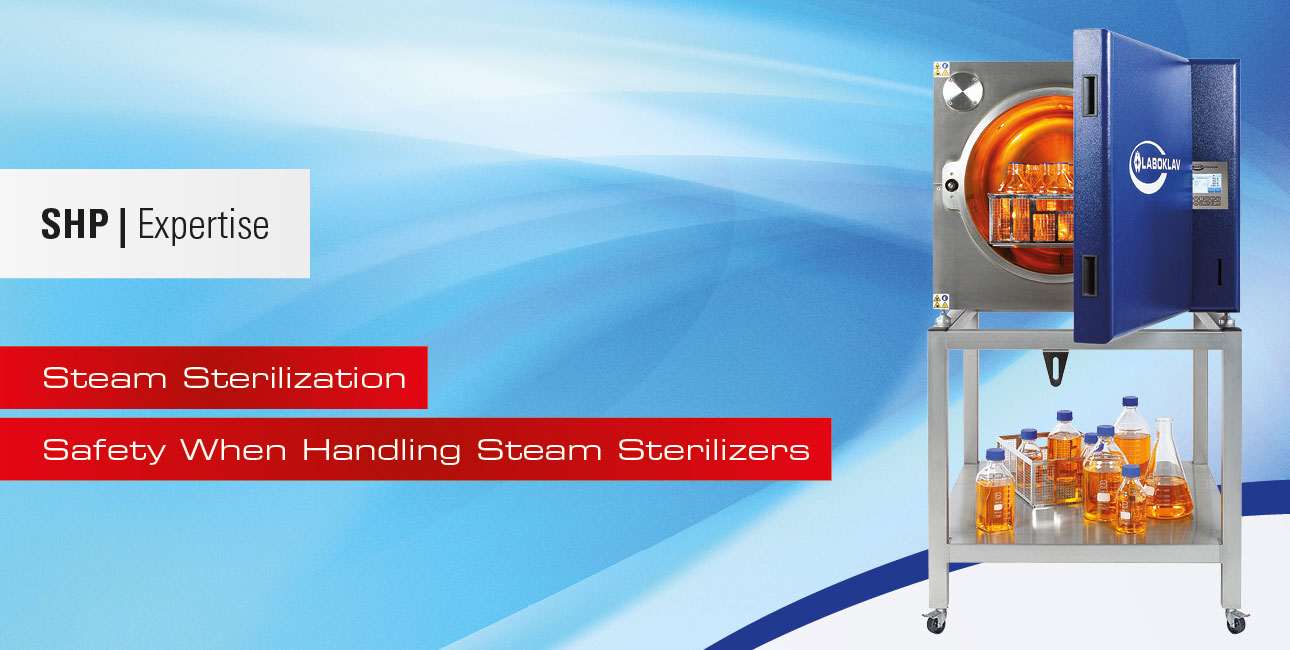The challenge with sterilization is that the result cannot be measured.
The Need for Effective Quality Control
The following approach offers a solution. An autoclave is a machine, and autoclaving is a relatively simple process. From a technical standpoint, one can assume that the process in the autoclave runs consistently under the same conditions. Therefore, if the sterilization process in the autoclave is examined once under representative conditions and the result is satisfactory, then one only needs to maintain those same conditions. One can then assume that the result will be reliably reproducible. This examination of the sterilization process is called validation.
Validation and Relevant Standards
Validation is defined in various standards specifically for the medical field. These include EN 554 and DIN 58946-6. Both are currently being replaced by ISO 17665-1:2006. While the first two standards closely focus on the sterilization process itself, the new international standard goes far beyond that.
Commissioning and Performance Qualification
The older standards divide validation into commissioning and performance qualification. Commissioning includes the inspection and documentation of installation and connection conditions, up to the verification of the autoclave in an unloaded state (recording the empty chamber profile). It ensures that the autoclave functions at its installation site as specified by the manufacturer. Performance qualification deals with the examination of sterilization with regard to the specific sterilization load.
The Impact of the ISO Standard
Whereas EN 554 and DIN 58946 were very practical in nature, the ISO standard provides no practical instructions on how validation should be carried out. The ISO standard replaces the EN and DIN and will therefore lead to operators either receiving more intensive support from specialists or having to delve deeper into the subject themselves.
IQ, OQ, and PQ: New Terms and Systems
As part of international harmonization, the ISO standard also introduces the IQ, OQ, and PQ system. IQ and OQ largely correspond to commissioning, while PQ corresponds to performance qualification. Unfortunately, older and newer terminology are sometimes used interchangeably even though they are not identical.
Design Qualification (DQ) and Its Importance
Design Qualification (DQ) is unfortunately not covered in the ISO standard, as this standard only applies to the sterilization of healthcare products. I would therefore like to briefly explain this area.
Standards for the Medical and Pharmaceutical Fields
In the medical field, the design and operation of autoclaves are highly standardized (EN 285, EN 13060). This is feasible because the steps in the reprocessing of sterilization goods, the packaging, and the items themselves are defined within a relatively narrow range. In the pharmaceutical field, the sterilization loads can usually be limited to just a few types, making it easy to define requirements for the autoclave. In laboratory settings, however, this is often not possible.
Defining Performance Parameters in the Laboratory
This makes it all the more important to define the required performance parameters of the autoclave in advance of any purchasing decision. Especially in laboratories, several regulatory demands for documented definitions often overlap. These arise from the Occupational Safety Ordinance (for pressure equipment), the Biological Agents Ordinance, the Genetic Engineering Safety Ordinance (lab classification), the Occupational Health and Safety Act, and possibly the Infection Protection Act. Environmental regulations may also apply.
Risk Assessment and Sterilization Objectives
The core of specifying the device to be procured lies in the risk assessment, describing the expected tasks and sterilization goods at the autoclave workstation, and the sterilization objectives (e.g., sterilization to destroy hazardous materials, or to prepare items for further work with a focus on product protection). This combination of sterilization goods definition and sterilization objective quickly leads to the appropriate device configuration during consultation.
Outcome of Consultation and Design Qualification
The result of the consultation and risk assessment should be a requirements specification. The written protocol of the consultation as well as the quotation are components of the Design Qualification.






